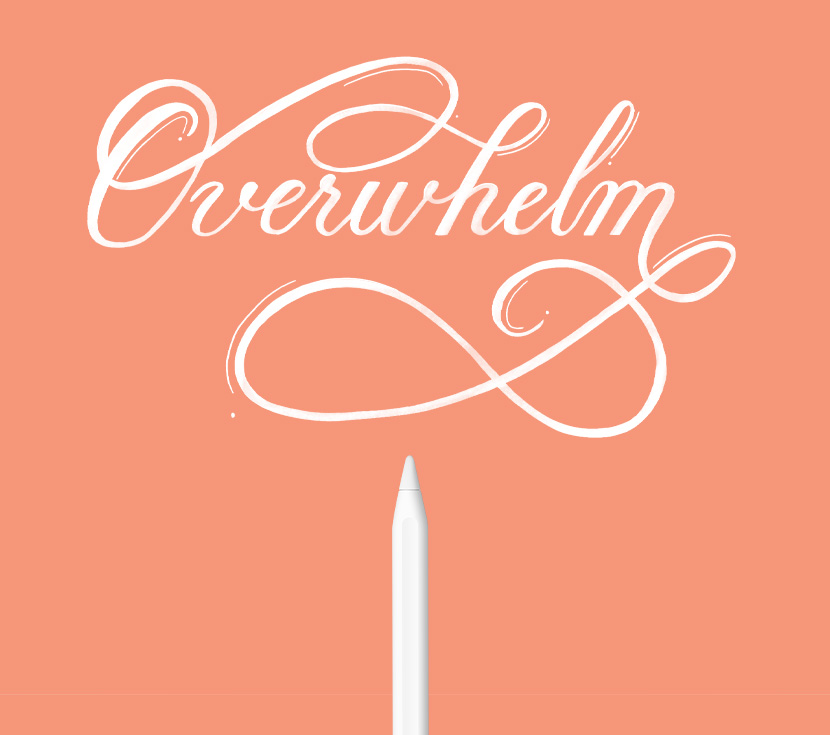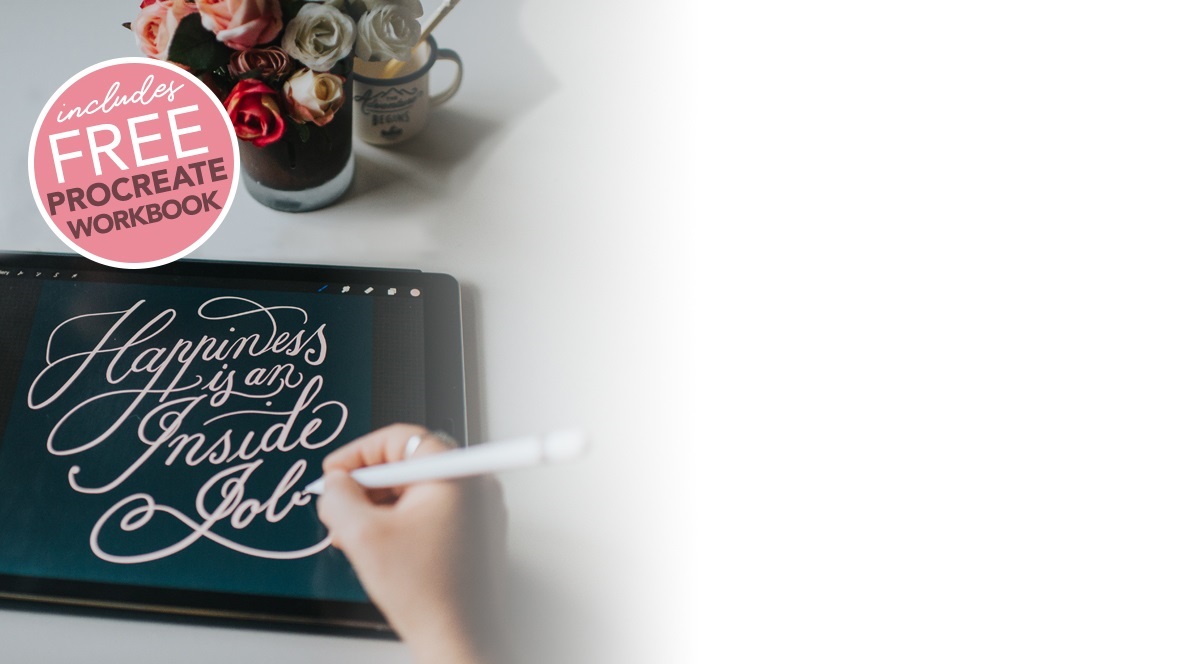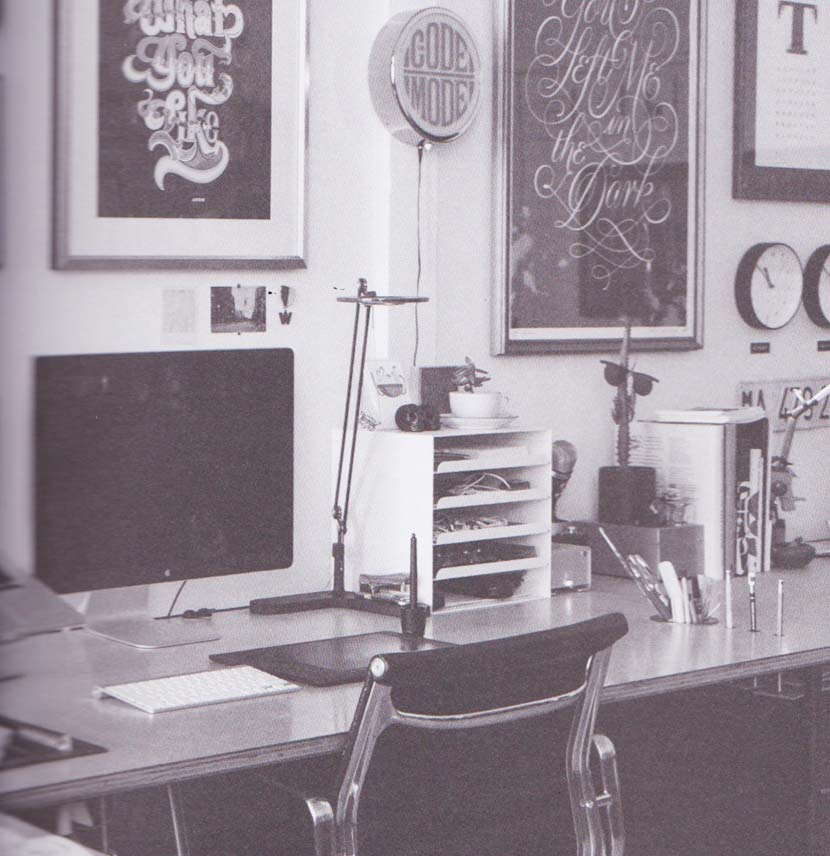When the lettering arts first catch your eye, you start noticing a lot of different styles, and it can be tricky to know where to start. Even learning the different styles names can be overwhelming – how do you even know what keywords to search for in the first place!

I had difficulty with this in the beginning too. I fell for calligraphy by accident about four years ago. I’d been working as a web / graphic designer for the majority of my professional life. There was a particular design project I was working on and I wanted to achieve a really hand-made feel. I stumbled on a Youtube video that showed a demo of the process of hand lettering from sketch to digital (I wish I could remember the artist’s name but it escapes me!). The example he created was in a block, san serif style. He shared his process for sketching the lettering and then inking, and finally scanning and digitizing in order to overlay the type with an image.
I was mesmerized. I’d been working in design for 20 years … how had I not thought to DO this before! It had a big effect on me and after trying for myself, I fell in love with the process.



Learn Calligraphy
on the iPad
from Scratch!
Create stunning calligraphy in Procreate with no experience or special tech skills (even if you have messy handwriting and don’t think you’re creative enough)
WATCH THE FREE WORKSHOPAt that time, lettering was becoming more visible on social media. I followed a lot of different artists on instagram, all with very different styles. I found it difficult to commit to one particular style. My appetite for learning this new art-form was huge and I wanted to know more. I jumped around from style to style, and was even switching between methods trying both calligraphy and lettering.
I soon realised this was not an effective way to learn.
A bit like Mongolian throat singing
I dug a bit deeper and found a lot of professional lettering artists made a case for learning traditional calligraphy first. They were saying it was important to learn the foundational skills of calligraphy in order to loosen those rules and develop your own style. (If you’re not sure on what the difference between calligraphy and lettering is, read about that here).
I love this excerpt from *Jessica Hische’s book ‘In Progress’. I think this brilliantly describes going deep into one particular style :
“We start off having a general idea of what we like (which, when we’re young or inexperienced, already feels very specific) and as time passes, we fall deeper down the rabbit hole of our own interest. I like to compare the “finding your passion” process to discovering music – you begin by liking a broad category like “rock” or “folk” and in listening to a lot of artists within this broad category, you discover bands you like and subgenres you want to pay attention to. You listen to the most popular bans within those subgenres, pick your favorites, then follow them up their tree of influence until your find your niche. When you finally discover you have a passionate interest in Mongolian throat singing, the path to it seems so simple ”
… she goes on to say :
“If you even have the opportunity to take a calligraphy class or workshop, I highly (highly!) recommend it. Having an understanding of how different writing implements affect letterforms will improve your lettering, type design and graphic design in general…. Letterers can break all the rules if they wish – they can defy pen and brush logic and make crazy, zany letterforms not grounded in tradition – but, like many people have said before, you have to know the rules to know how to break them…. When something doesn’t look quite right, you understand how to fix it – you realize it’s because a thick pen or brush stroke would never happen on that side of the letter if you were using that tool, and so on.”

Focus on one style & one method
If you have a desire to learn lettering, don’t overwhelm yourself. Focus on ONE style until you have a good handle on it and then move on to the next one if you wish. And if you were to choose one style to start with, I would strongly encourage you to learn Copperplate script. If not by me, then someone else.
It will teach you to critique your own work and give you a strong foundation you can build and expand from. You’ll discover calligraphy isn’t just about the letterforms themselves, but also the balance of the whitespace around the letters. You’ll form a catalogue of different ways to write the majuscules (capitals) and learn to pair them beautifully in compositions. It’ll give you a foundational understanding of this elegant art form, changing your taste and appreciation for a good letter along the way.
Here’s a quote from master calligrapher, Paul Antonio:
“The modern side has exploded, but I am beginning to see a change with more people looking at traditional script. When you start learning about the history of lettering and you first learn to write a beautiful letter in Copperplate script, it is a magical experience.”
Want to dip your toe in with Copperplate? Sign up to the free starter series below for video tutorials and free Procreate resources.????
